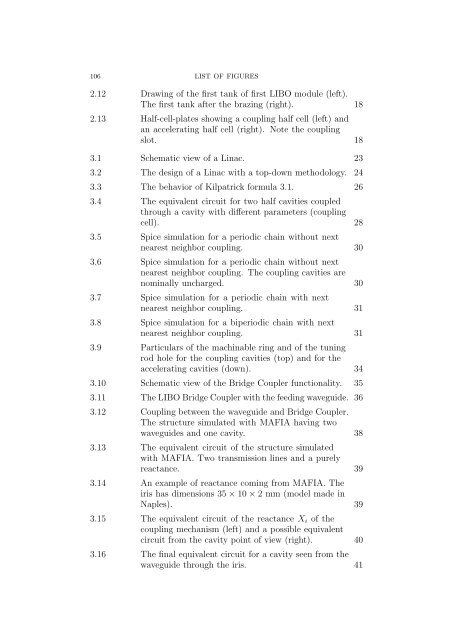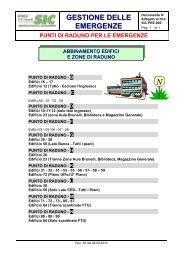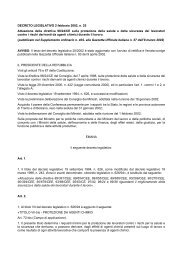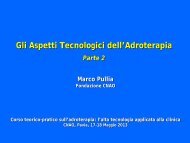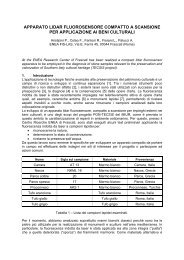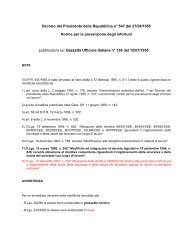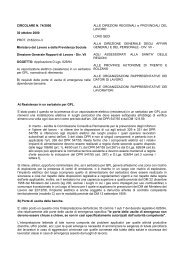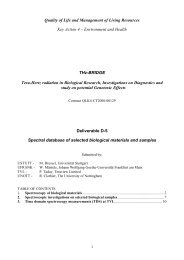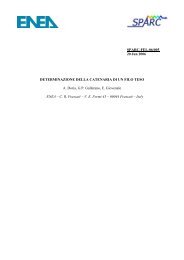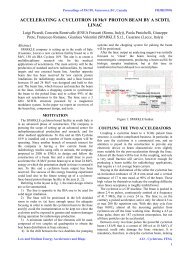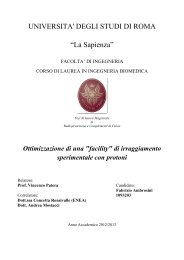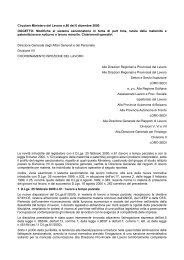Theory, Design and Tests on a Prototype Module of a Compact ...
Theory, Design and Tests on a Prototype Module of a Compact ...
Theory, Design and Tests on a Prototype Module of a Compact ...
Create successful ePaper yourself
Turn your PDF publications into a flip-book with our unique Google optimized e-Paper software.
106 LIST OF FIGURES<br />
2.12 Drawing <strong>of</strong> the first tank <strong>of</strong> first LIBO module (left).<br />
The first tank after the brazing (right). 18<br />
2.13 Half-cell-plates showing a coupling half cell (left) <str<strong>on</strong>g>and</str<strong>on</strong>g><br />
an accelerating half cell (right). Note the coupling<br />
slot. 18<br />
3.1 Schematic view <strong>of</strong> a Linac. 23<br />
3.2 The design <strong>of</strong> a Linac with a top-down methodology. 24<br />
3.3 The behavior <strong>of</strong> Kilpatrick formula 3.1. 26<br />
3.4 The equivalent circuit for two half cavities coupled<br />
through a cavity with different parameters (coupling<br />
cell). 28<br />
3.5 Spice simulati<strong>on</strong> for a periodic chain without next<br />
nearest neighbor coupling. 30<br />
3.6 Spice simulati<strong>on</strong> for a periodic chain without next<br />
nearest neighbor coupling. The coupling cavities are<br />
nominally uncharged. 30<br />
3.7 Spice simulati<strong>on</strong> for a periodic chain with next<br />
nearest neighbor coupling. 31<br />
3.8 Spice simulati<strong>on</strong> for a biperiodic chain with next<br />
nearest neighbor coupling. 31<br />
3.9 Particulars <strong>of</strong> the machinable ring <str<strong>on</strong>g>and</str<strong>on</strong>g> <strong>of</strong> the tuning<br />
rod hole for the coupling cavities (top) <str<strong>on</strong>g>and</str<strong>on</strong>g> for the<br />
accelerating cavities (down). 34<br />
3.10 Schematic view <strong>of</strong> the Bridge Coupler functi<strong>on</strong>ality. 35<br />
3.11 The LIBO Bridge Coupler with the feeding waveguide. 36<br />
3.12 Coupling between the waveguide <str<strong>on</strong>g>and</str<strong>on</strong>g> Bridge Coupler.<br />
The structure simulated with MAFIA having two<br />
waveguides <str<strong>on</strong>g>and</str<strong>on</strong>g> <strong>on</strong>e cavity. 38<br />
3.13 The equivalent circuit <strong>of</strong> the structure simulated<br />
with MAFIA. Two transmissi<strong>on</strong> lines <str<strong>on</strong>g>and</str<strong>on</strong>g> a purely<br />
reactance. 39<br />
3.14 An example <strong>of</strong> reactance coming from MAFIA. The<br />
iris has dimensi<strong>on</strong>s 35 × 10 × 2 mm (model made in<br />
Naples). 39<br />
3.15 The equivalent circuit <strong>of</strong> the reactance Xi <strong>of</strong> the<br />
coupling mechanism (left) <str<strong>on</strong>g>and</str<strong>on</strong>g> a possible equivalent<br />
circuit from the cavity point <strong>of</strong> view (right). 40<br />
3.16 The final equivalent circuit for a cavity seen from the<br />
waveguide through the iris. 41


